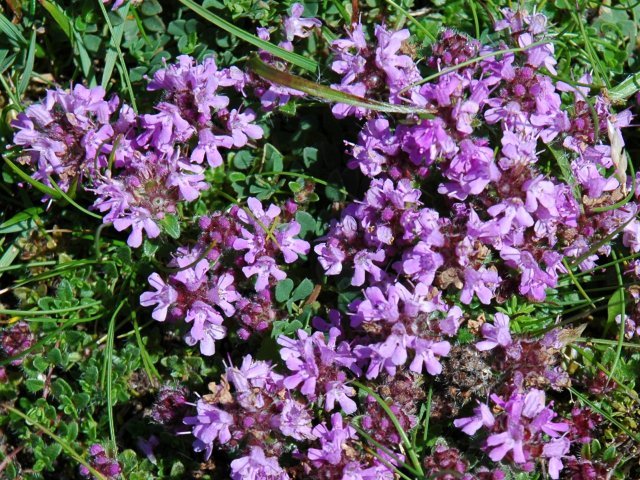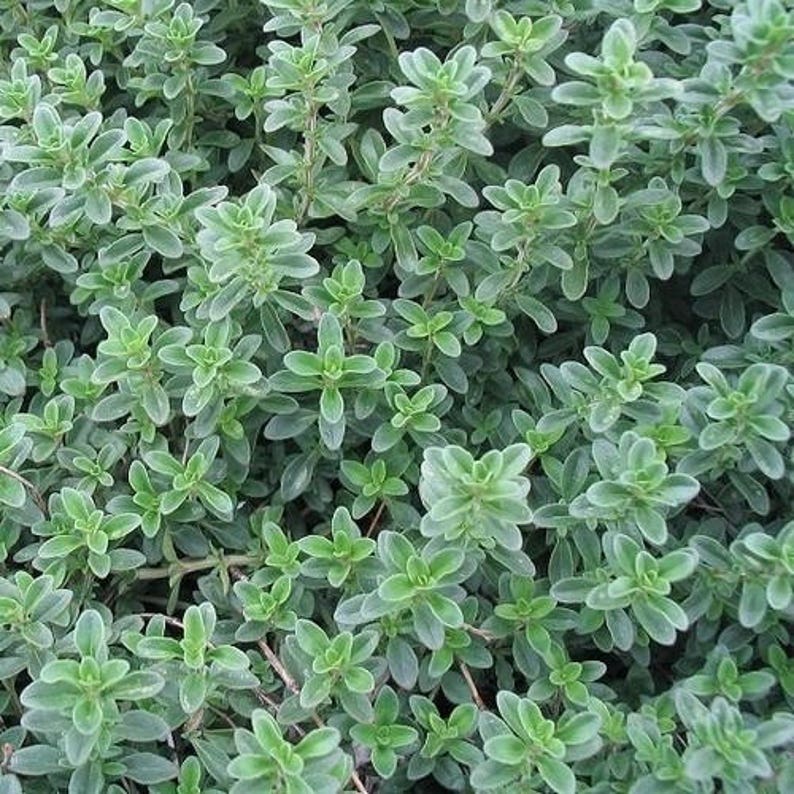

After several years the center of plants will become woody and start to die back. Creeping Thyme will grow between 2-3 inches high and each established plant can spread to approximately 1 foot wide.
MOTHER OF THYME FROM SEED HOW TO
How to Care for Creeping ThymeĬreeping Thyme will not thrive in excessively clay or sandy soils. A light dose of delayed release fertilizer can be useful if you are planting in poorer soil, but good soil preparation (mixing in a 2-3 inch layer of manure, compost or other organic material prior to planting) should negate the need for fertilizer. A light mulching may be helpful to retain moisture in warmer and drier climates, but if seeds are planted in between pavers or in shadier areas mulching is usually not necessary. Once seeds are germinating well, water to a depth of 6 inches when the top few inches of soil dries out. Good seed to soil contact is necessary for ideal germination rates. Fragrant and colorful, this groundcover thyme is ideal for use in terraced gardens, over walls and down slopes, or between steppingstones in garden paths. When planting, seeds should not be covered with soil, but rather pressed into the soil. Average germination time should be approximately 21-28 days and seeds should be kept consistently moist until germination is strong. Fall plantings should be avoided to protect against freeze damage.

Division of established plantings can be done in March and April. Elfin creeping thyme plant ( Thymus serpyllum) is a low growing, one to two inches (2.5-5 cm.) tall herbaceous perennial sub shrub with a dense mounding habit. Learn more about germination light requirements here.ĭirect Sow seeds outdoors when temperatures are consistently in the high 60s or above. Thymus serpyllum, known by the common names of Breckland thyme, Breckland wild thyme, wild thyme, creeping thyme, or elfin thyme, is a species of flowering. How to Plant Creeping Thyme SeedsĬreeping Thyme seeds require light to germinate, so be careful not to cover them when planting. Creeping thyme is low maintenance, but it does require pruning to manage growth and decrease woody stems The most common method of propagation is by seed.

MOTHER OF THYME FROM SEED FULL
Creeping thyme is a slow grower and will take more than one season to reach its full potential. Where to Plant Creeping Thyme SeedsĬreeping Thyme prefers well drained soil with a neutral pH (between 6.5 and 7.5) in an area where it receives good sun, but can also tolerate partial shade. Seeds can also be started indoors 8-10 weeks before your average last frost date. Direct sow seeds outdoors in late spring when temperatures are consistently in the high 60's or above. When to Plant Creeping Thyme SeedsĬreeping Thyme is a perennial herb which will over-winter well in zones 4-9. Creeping Thyme is not generally susceptible to disease or insects but can provide a barrier for veggies and ornamental plantings. Used often as borders on flower beds and in between pavers on walkways, this is a groundcover that can handle moderate foot traffic. Creeping Thyme is a popular and adaptive dwarf ground cover that is popular for landscape designs.


 0 kommentar(er)
0 kommentar(er)
